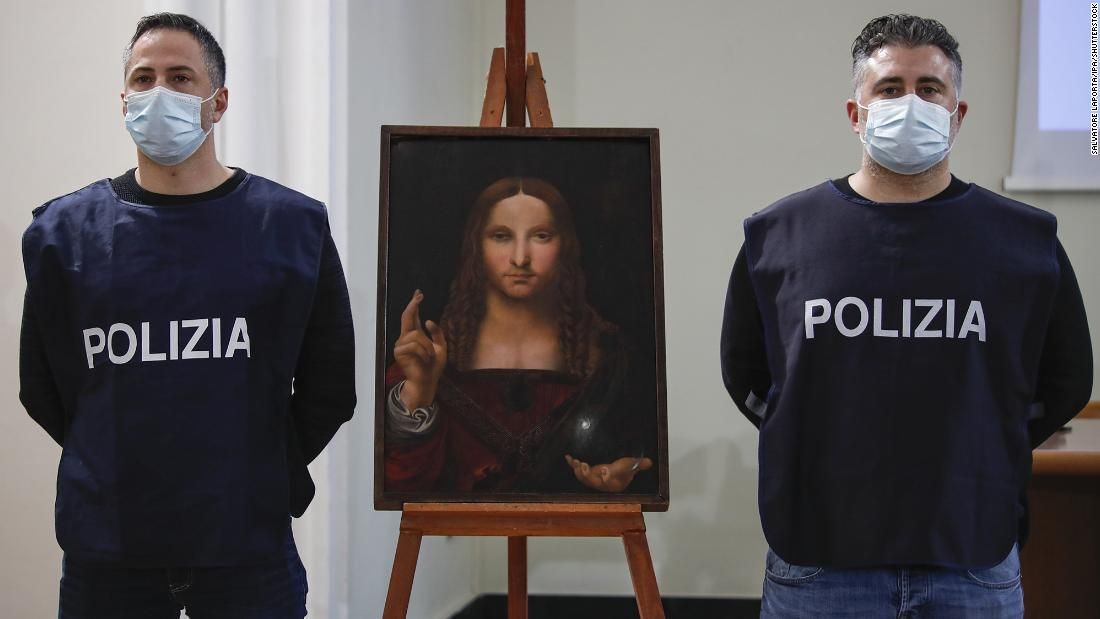The 'dark arts' of how art becomes valuable
Artistry alone doesn't cut it.
How does an artwork get a valuation of $25.4 million?
What is it about a work of art that justifies this kind of valuation?
Intrinsically, art doesn't have any value outside of the pleasure the work may give to its admirer; so how then do some pieces sell for millions, while most are ignored and remain relatively worthless?
Art history has demonstrated time and again that the value of art — like stocks — is fluid rather than fixed, increasing and decreasing in conjunction with public sentiment. A 1913 exhibit of Henri Matisse was greeted not with applause but outrage; angry students burned copies of the French painter’s works, deeming worthless art that is worth millions today.
Clearly, the value that Matisse’s paintings possess in the present did not exist when they were first unveiled. Like the paintings themselves, their value had to be created. Creating value is a collaborative process carried out by art dealers, gallery owners, museum curators, billionaire collectors, fashionable critics, and — last but certainly not least — public opinion.
The modern art industry is made up of many players, each looking to profit from the engineered, perceived value of the artworks that they sell.
Like all economic systems, the piece of a work produced by a recognised artist is subject to the forces of supply and demand. Restrict the supply of work and the price tracks up.
Then of course, skilled marketers in the industry are also highly adept at stimulating demand (as well as value) by manufacturing allure and compelling narratives around pieces.

Case in point: In 2021, a painting attributed to Leonardo da Vinci titled “Salvator Mundi” was sold for 450 million dollars. Artnet journalist Tim Schneider attributes this unprecedented sum not to the painting itself (experts aren’t even sure if it’s really a Da Vinci) but to an aggressive marketing campaign by auction house Christie’s, which posited “Salvator Mundi” as the last Leonardo still in private hands.
Writing for the same publication, the renowned critic Jerry Saltz referred to auctions as places where “new values are assigned and desire is fetishized.” The art itself takes a backseat to the bidding wars that precede its purchase. Ultrarich investors seek to publicly outperform one another by placing higher and higher bids, with the winner paying far more than the original asking price.
Cycles of creative destruction
In many ways art, and its value, follow predictable cycles, where new styles disrupt old ones, creating new explosions of value.
Art is constantly evolving, and yet — as Jerry Saltz writes in a different essay — its evolution always follows the same predictable pattern: A handful of artists receive attention for questioning the dominant art movements, then coalesce into a movement of their own, attract imitators, and continue working until they themselves are overthrown by the next generation of rebels.
Innovation and doing something 'never seen before' causes trend discontinuities that draw the public's attention, disgust (sometimes) and demand - and the giant commercial art machine capitalises on that cycle.
Strategy - (hype, marketing, narrative) and perhaps a touch of luck here and there - plays as much of a role in the commercial art world as does the apparent artistry of the work itself.
By itself - an artist simply makes something noteworthy; it's the 'dark arts' that give it value.







